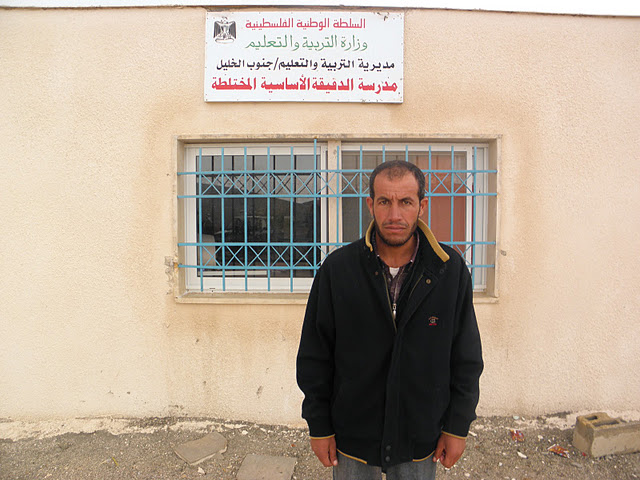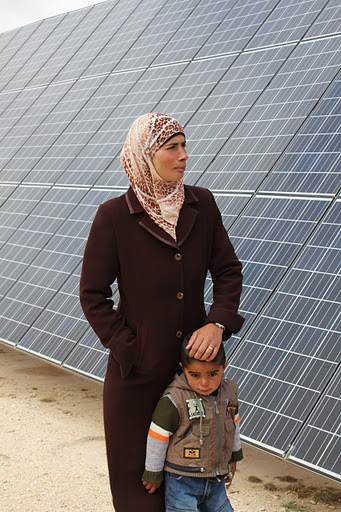Tag: House Demolition
-
Dkaika: Israel continues to expel Bedouins
by Aida Gerard 23 November 2011 | International Solidarity Movement, West Bank The entire Bedouin village of Dkaika encounters demolitions, and all the villagers face expulsion. Every single construction of Dkaika has a demolition order totally over 75 demolition orders including a mosque, a school, a graveyard, water cisterns, housing tents, and folds for sheep.…
-
Demolition threats continue in Imnzeizil
by Aida Gerard 21 November 2011 | International Solidarity Movement, West Bank On the same morning when an official from the ICA, Israeli Civil Administration, promised to “pardon” the demolition orders of the solar panels in Imneizil, a village at the southern border of the West Bank, a new demolition order was delivered to the village…
-
Imneizil demolitions: “Hanging between the ground and the sky”
by Jenna Bereld 18 November 2011 | International Solidarity Movement, West Bank The solar panels in the village of Imneizil, near Hebron, became effective almost two years ago, improved the living conditions for about four hundred inhabitants in the village, but recently residents learned that the Israeli army issued a demolition order for the solar…



